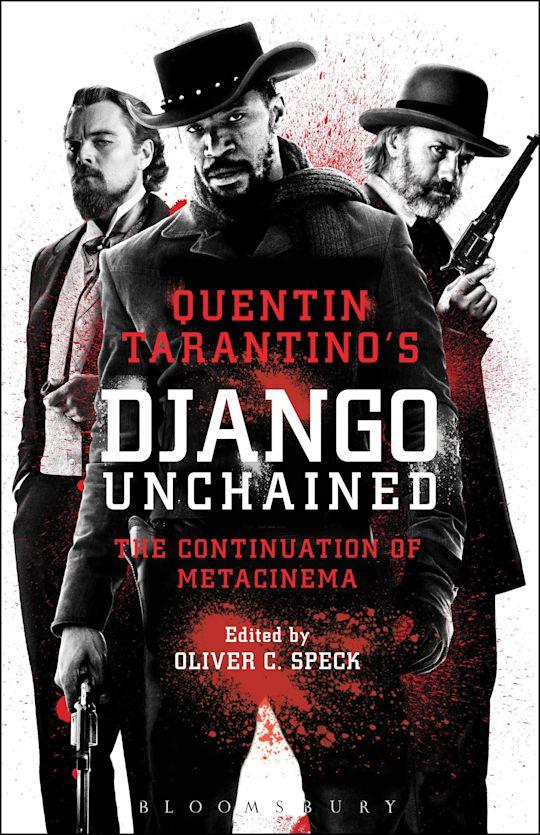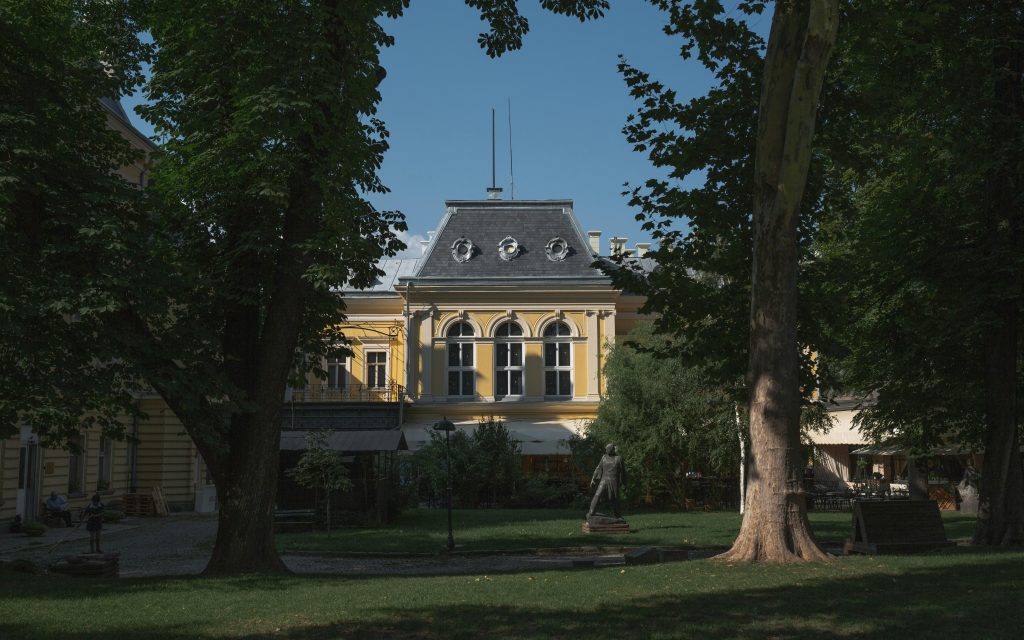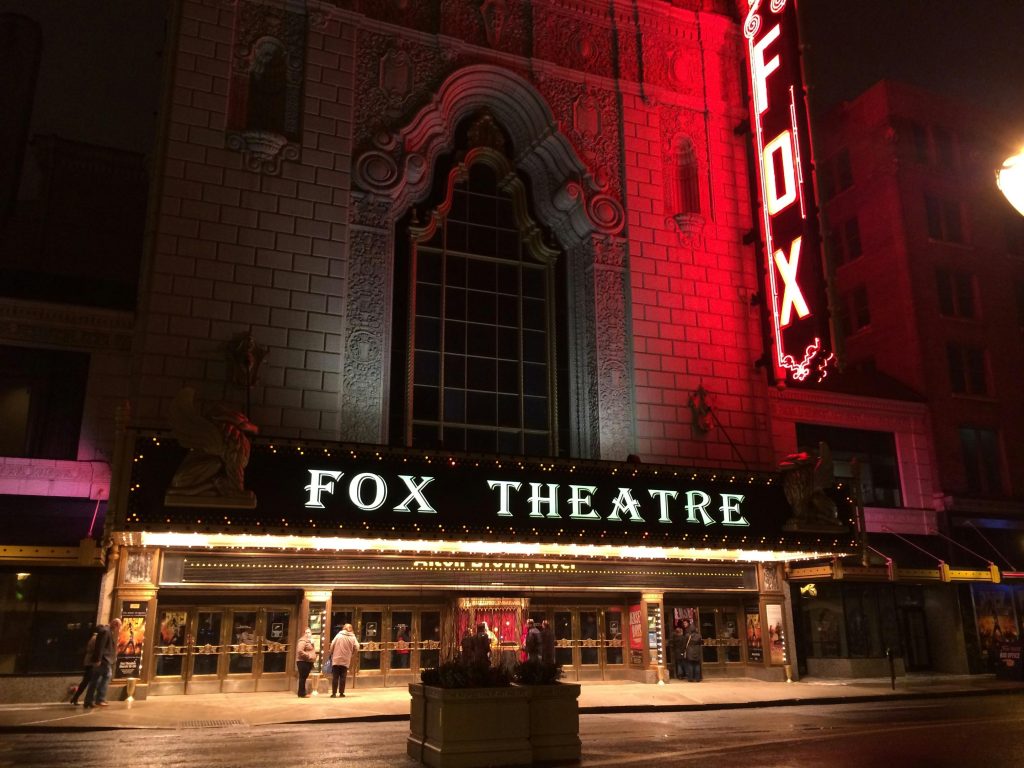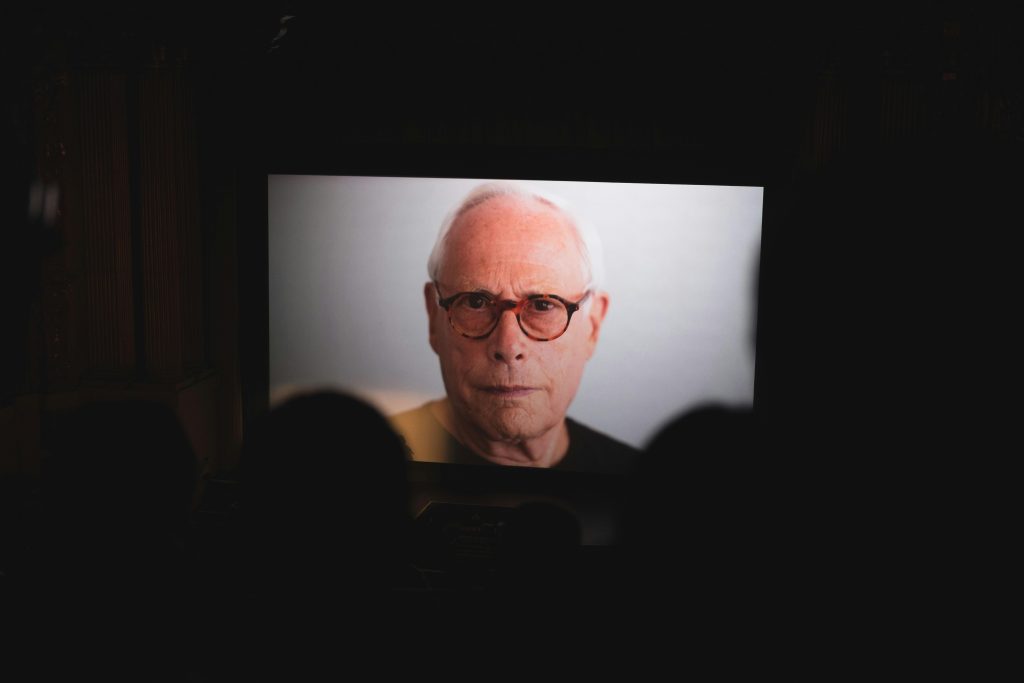In the flickering glow of candlelit rooms and amidst the rustle of silk gowns, period dramas transport us to worlds seemingly lost to time. These cinematic journeys whisk audiences away to eras defined by their own unique customs, language, and social mores, creating a tapestry woven with threads of nostalgia and intrigue. Yet, beneath the meticulously crafted facades of corseted heroines and dashing gentlemen lies a question that lingers like a whispered secret: Can these visual narratives ever truly capture the essence of the history they seek to portray? As filmmakers balance the scales of artistic license and historical fidelity, we delve into the complex interplay between fact and fiction, exploring whether the past, as painted by modern storytellers, can ever be more than a beautifully rendered illusion.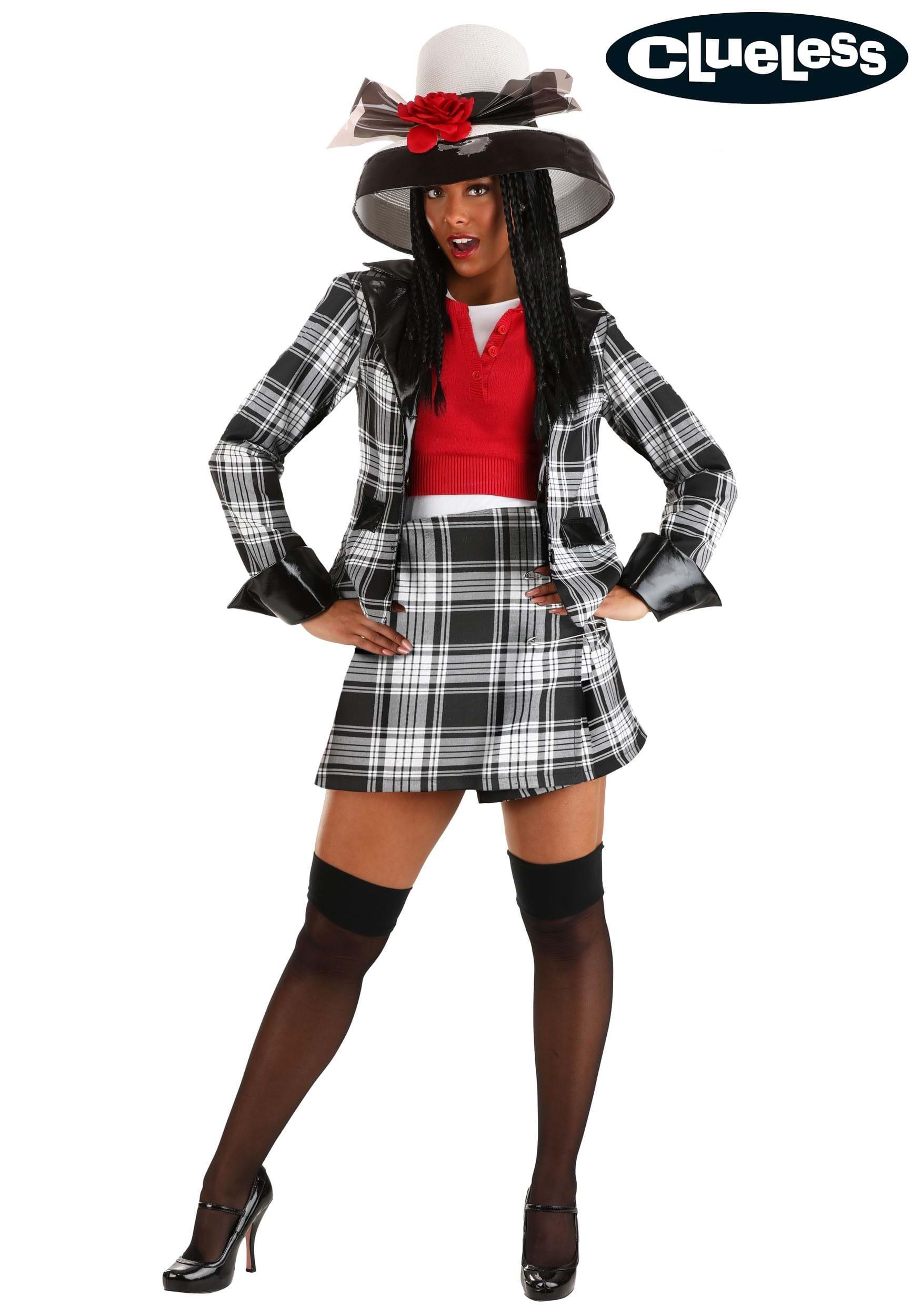
Dressing the Part: The Complexities of Costume Authenticity
When creating costumes for period dramas, designers often face a delicate balancing act between historical accuracy and the narrative demands of the production. Authentic costumes are not merely about replicating historical attire; they must also convey the essence of a character, their social standing, and even their personal journey. While some purists may argue for exact replicas of period garments, others recognize the need for artistic interpretation. The creative liberties taken can sometimes be seen as anachronisms, yet they often serve to make the story more relatable to modern audiences.
- Fabrics: Historically accurate fabrics might be unavailable or too costly, leading designers to opt for modern substitutes.
- Silhouettes: Adjustments are often made to silhouettes to better fit contemporary body types or aesthetic preferences.
- Color Palettes: The choice of colors may be influenced by the film’s visual tone rather than historical precision.
These creative choices highlight the complexities involved in costume design for period dramas. While absolute authenticity may remain elusive, the ultimate goal is to craft a visually compelling and narratively cohesive experience. The nuanced interplay between history and creativity in costume design underscores the dynamic nature of storytelling, where every stitch and fabric choice contributes to the unfolding of the narrative tapestry.
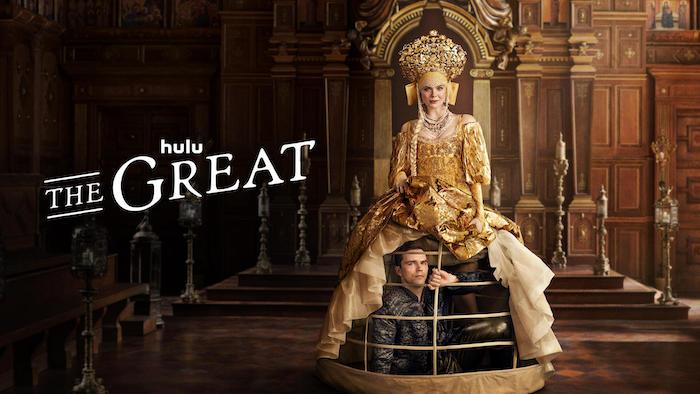
Balancing Fact and Fiction: The Role of Narrative in Historical Representation
Period dramas, with their lavish costumes and meticulous set designs, transport audiences to bygone eras, offering a glimpse into the past. However, the pursuit of historical accuracy often clashes with the need for compelling storytelling. Narratives must captivate and entertain, sometimes necessitating the embellishment of events or the invention of characters. This creative license can lead to a skewed portrayal of history, where facts are molded to fit the demands of drama.
To achieve a balance between fact and fiction, creators of period dramas might consider the following:
- Contextual Integrity: Ensuring that the broader historical context remains true, even if specific details are altered.
- Character Development: Crafting fictional characters that embody the spirit and challenges of the era, providing a personal lens through which audiences can connect with historical events.
- Consultation with Historians: Engaging experts to verify critical aspects of the narrative, thereby maintaining credibility while allowing for artistic interpretation.
Ultimately, while period dramas may never be entirely accurate, they serve as a bridge between the past and the present, inviting viewers to explore history with a blend of reality and imagination.
Cultural Contexts: Understanding the Limitations of Modern Perspectives
When exploring the intricate tapestry of period dramas, it’s crucial to consider the cultural contexts that shape these narratives. Modern interpretations often grapple with the limitations of contemporary perspectives, leading to a depiction that might inadvertently impose current values on historical settings. This phenomenon, known as “presentism,” can obscure the nuanced realities of the past, presenting audiences with a version of history that aligns more closely with today’s ideals than with the era being portrayed.
- Selective Storytelling: Many period dramas focus on narratives that resonate with modern audiences, sometimes at the expense of historical accuracy.
- Cultural Bias: Filmmakers may consciously or unconsciously project current cultural biases onto historical events and characters.
- Aesthetic Choices: Visual elements like costumes and sets are often stylized to appeal to contemporary tastes, which can distort historical authenticity.
Understanding these limitations invites viewers to engage critically with period dramas, appreciating them as interpretations rather than factual recreations. This approach allows for a richer appreciation of both the art form and the historical periods they attempt to depict.

Recommendations for Filmmakers: Striving for Accuracy Without Sacrificing Storytelling
For filmmakers navigating the delicate balance between historical authenticity and engaging storytelling, there are several strategies to consider. Research forms the backbone of any period drama; immersing yourself in the era’s literature, art, and personal accounts can provide a rich tapestry from which to draw inspiration. Yet, it’s crucial to identify the core themes and narratives that resonate with contemporary audiences, ensuring the story remains relevant and compelling.
- Embrace Creative Liberties: While historical accuracy is important, it’s equally vital to allow room for artistic interpretation. Consider how certain events or character traits can be adjusted to enhance the story’s emotional impact without completely disregarding historical facts.
- Focus on Universal Themes: Themes such as love, power, betrayal, and redemption are timeless. Use these universal elements to bridge the gap between historical context and modern viewer expectations.
- Consult with Historians: Engaging with historians or experts can provide valuable insights, helping to maintain a balance between fact and fiction. They can offer guidance on which historical elements are essential to preserve and which can be more flexible.
Ultimately, the goal is to craft a narrative that not only respects the past but also captivates the present. By judiciously blending fact with fiction, filmmakers can create period dramas that are both enlightening and entertaining.




